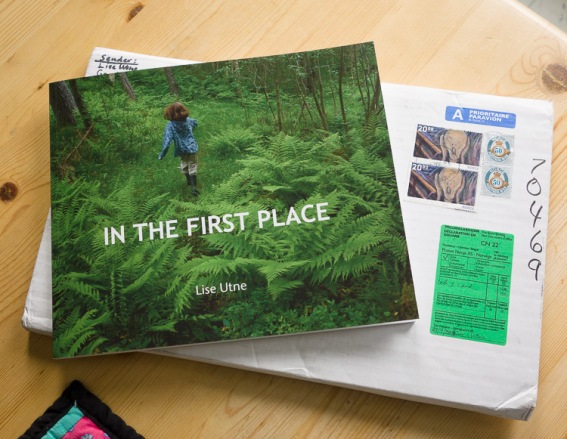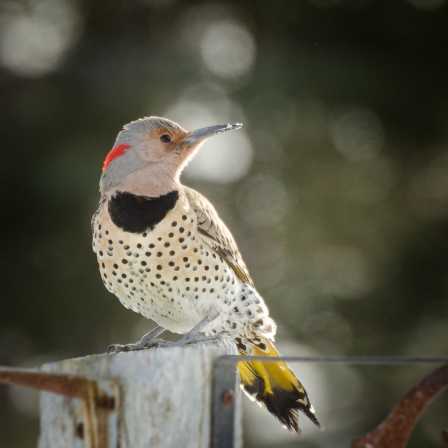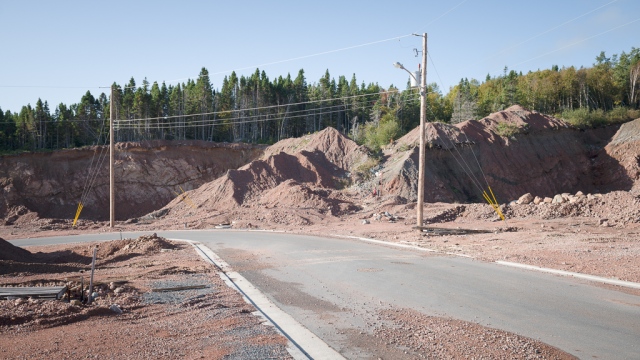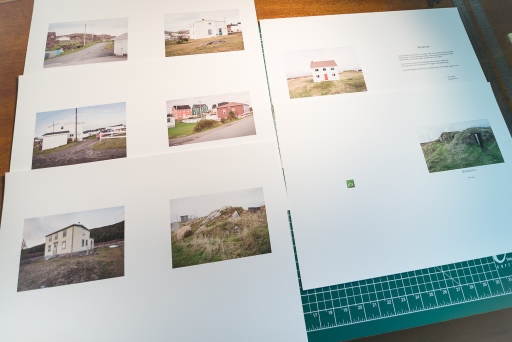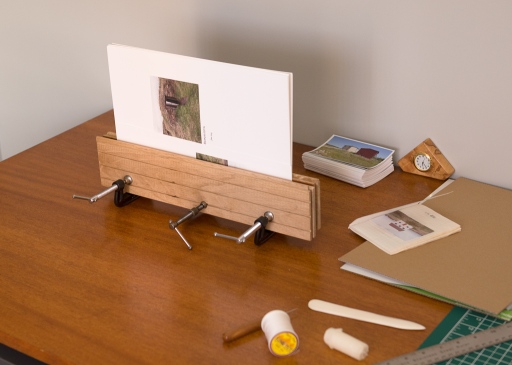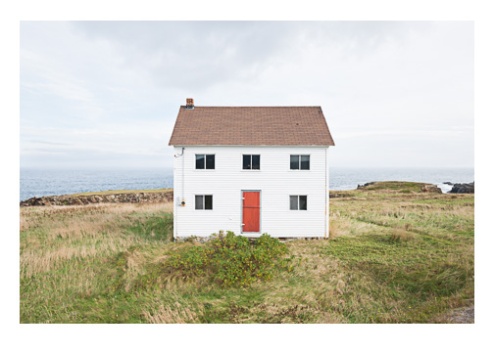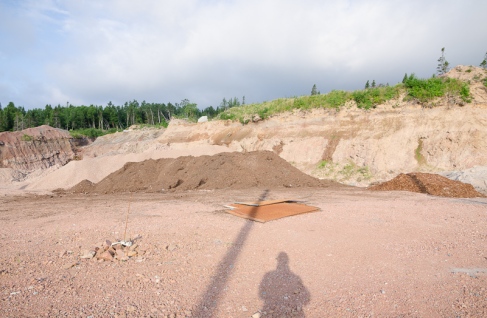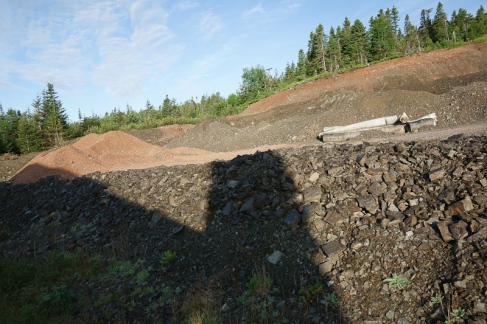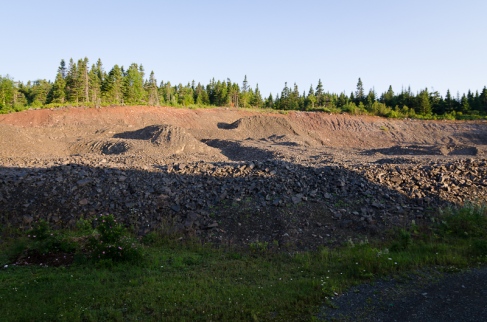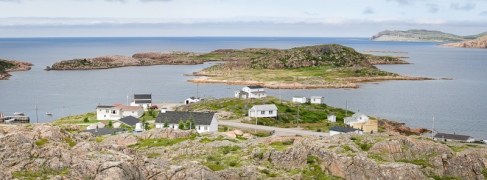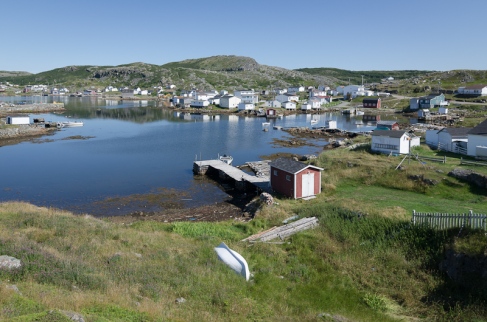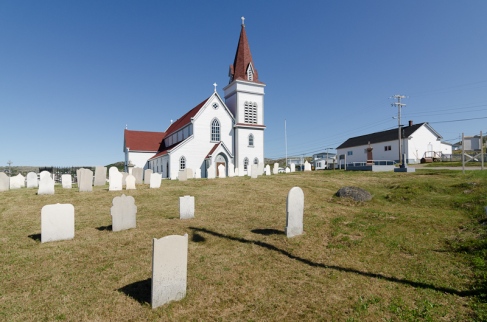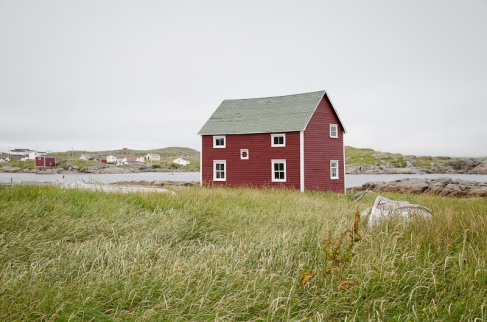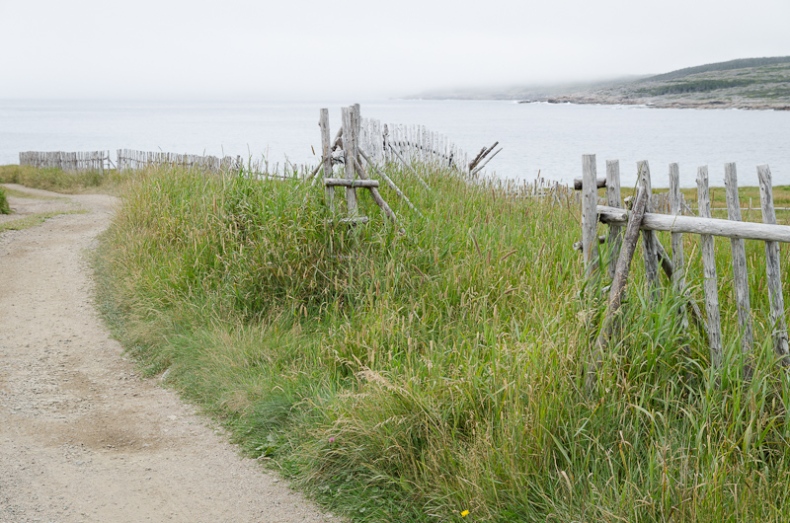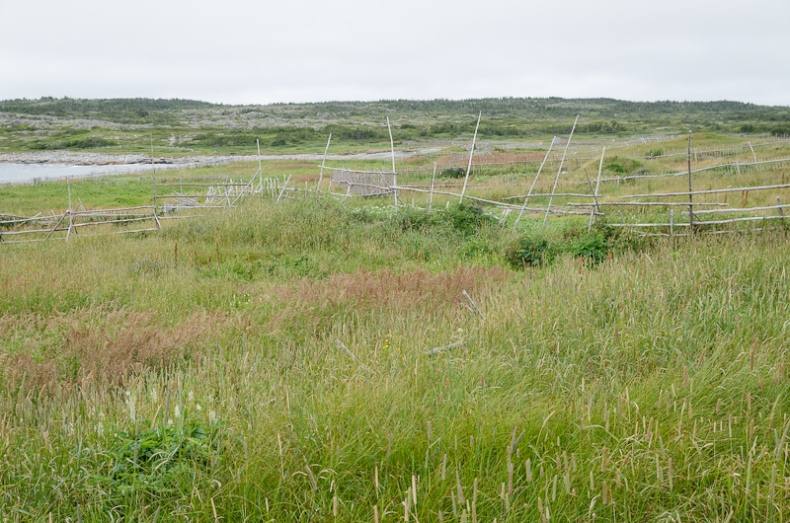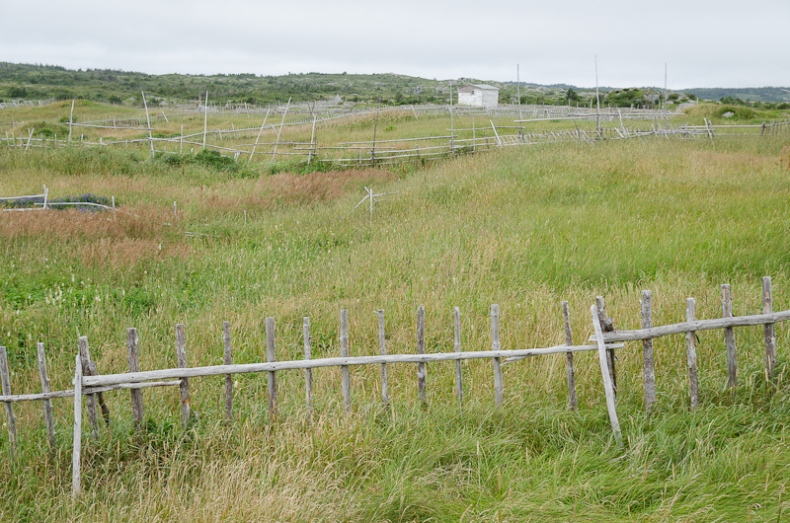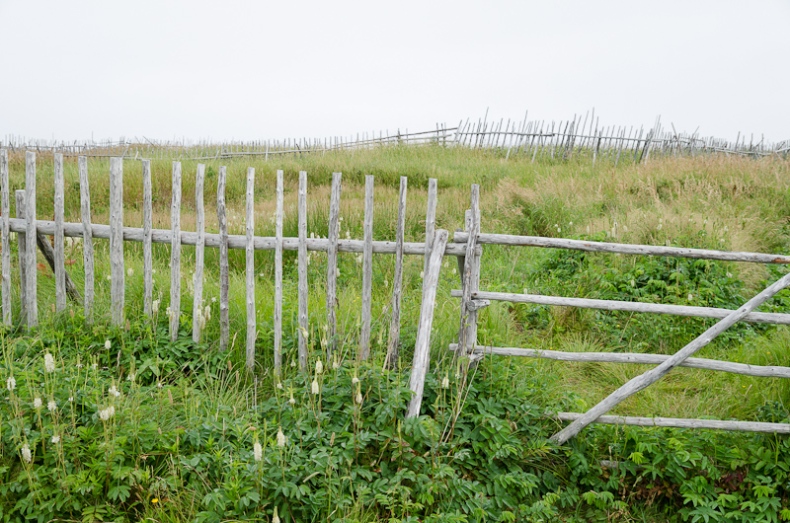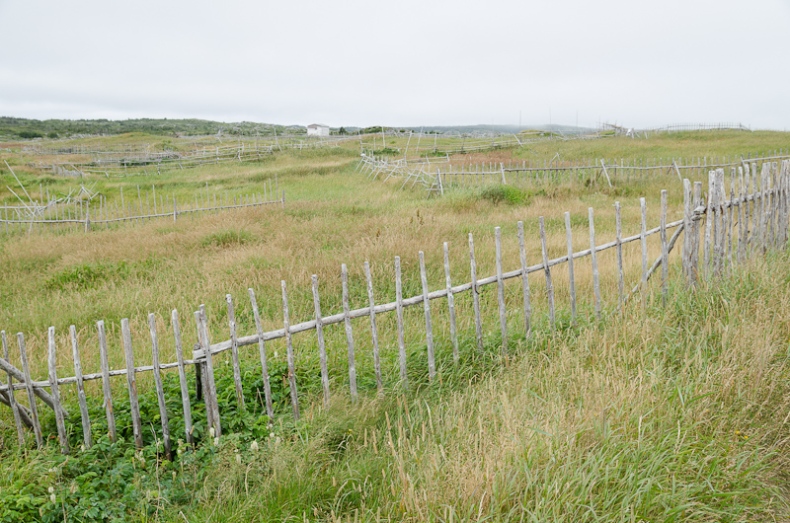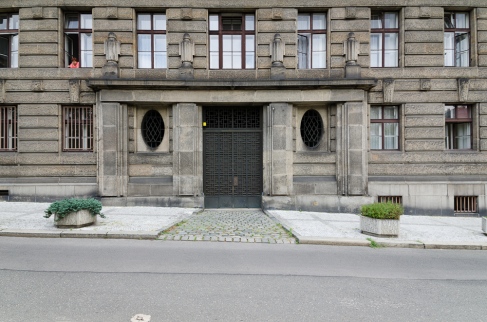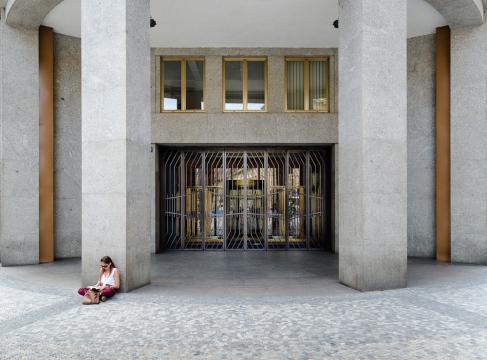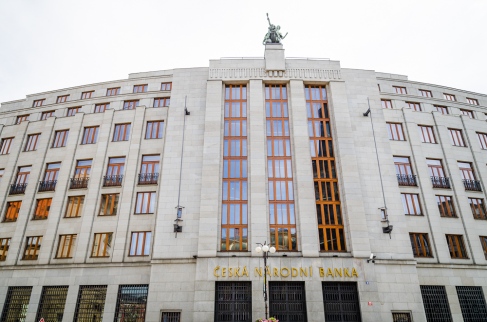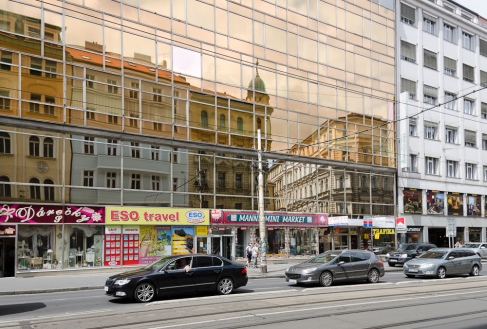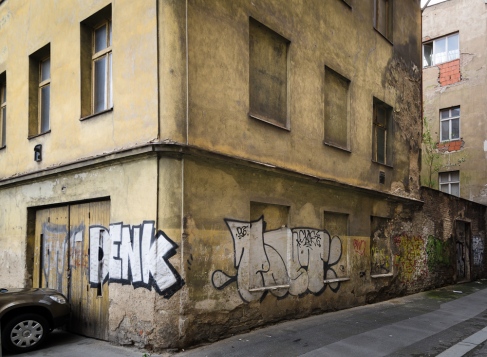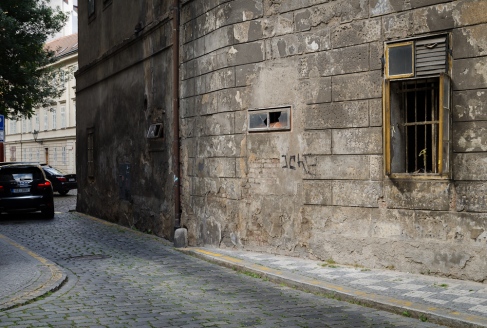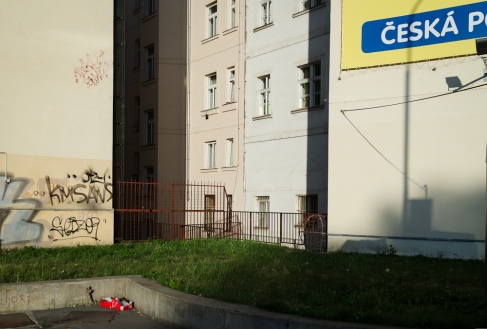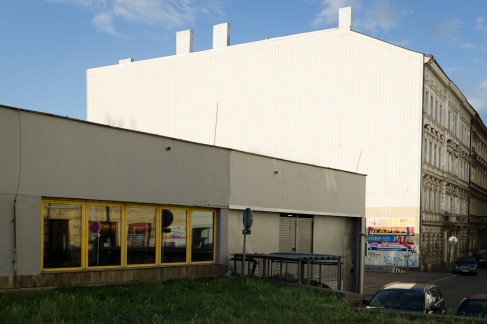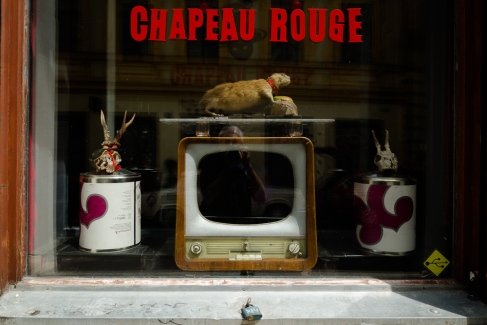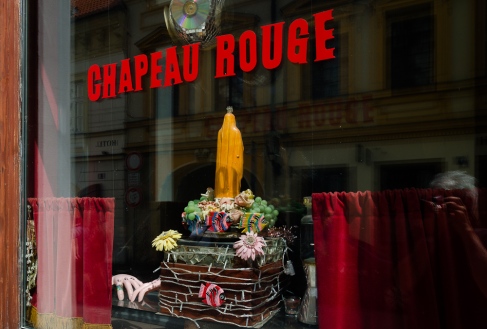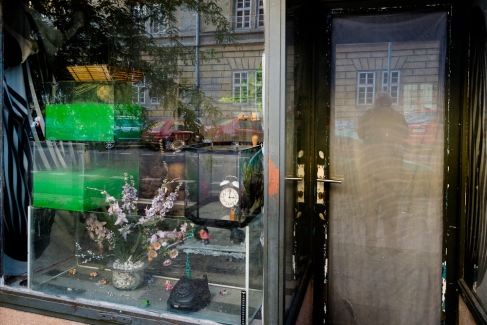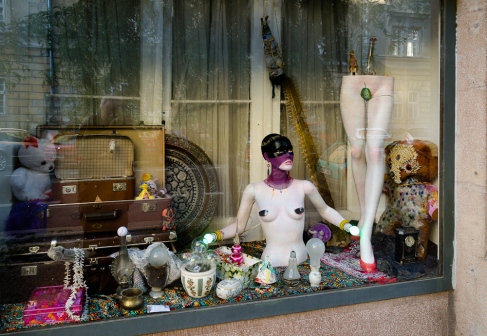In The First Place
Lise Utne
Not long ago, I discovered Lise Utne’s photographs online. My first impressions were that this artist had a unique talent for seeing and weaving images into series with an underlying coherence that was both subtle and powerful. Lise Utne has created five books of her photographs; In The First Place is her first book and was published by Blurb Books in 2011. My copy arrived this morning.
What is a place? What is the significance of a landscape? Photographer Lise Utne answers her own questions with this evocative and thoughtful collection of images made over a period of six years in northern Norway near the home of her grandparents. In her afterward, Utne states: “It is not with the place as such, but with the place as the point where human coordinates meet: the place as a framework, backdrop, project and echo of people’s lives.”
Utne’s first place is a land that appears surprisingly rich for its far northern latitude. Images of woodlands and grazing cows speak of a land that invites habitation. The exact location is not documented but it is assumed to be inside the Arctic Circle (**Corrected, see note below) somewhere near Bodo, the artist’s birthplace. This is also a place rich with the poetic vision of a granddaughter’s memory and portrayed with Utne’s photographic gifts. These are images to be felt rather than analysed.
Lise Utne has made the entire book available as a preview at Blurb Books. She has said that offering access to the complete book online is more democratic. I had read the text and viewed the images several times on my large calibrated monitor. Having the physical book in hand, the melodious sequencing and subtleties between pairs of facing images become rich in ways that far surpass the best electronic viewing.
http://www.blurb.com/b/2623874-in-the-first-place#author-bookshelf
**Correction** In email correspondence, Lise informs me that: “The first place” shown in my book is in fact located on an island (Tustna) just north-east of Kristiansund (slightly south-west of Trondheim)”. Although still a very northerly latitude (~63° North), my earlier assumption that the location of these photographs was inside the Arctic Circle (>66.5°N) was incorrect.
